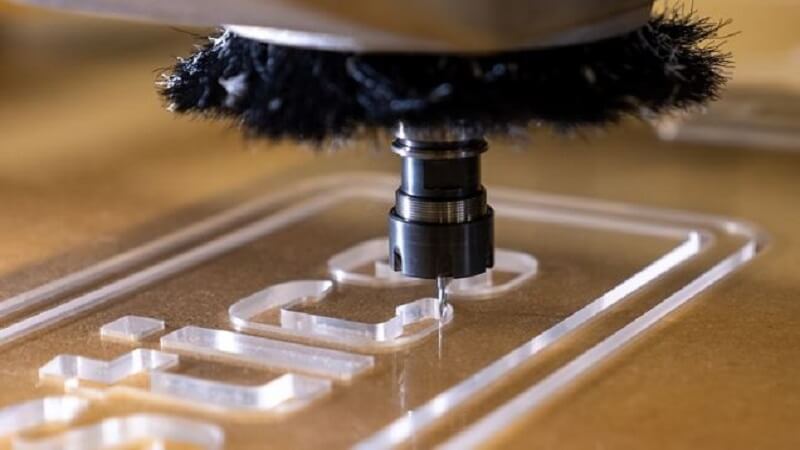In the world of design and manufacturing, engraving has long been a cherished technique for adding intricate details and personalisation to various materials.
With advancements in technology, rotary and laser engraving have revolutionised the way we approach design, offering precision and versatility that were once unimaginable.
In this article, we’ll explore the fascinating world of rotary and laser engraving, sharing essential techniques and tips to help you elevate your designs.
The Magic of Rotary Engraving
Rotary engraving, a traditional method, involves a rotating cutting tool that physically removes material to create a design.
This technique is ideal for engraving metals, plastics, and wood, offering a tactile depth that adds character to the final product. To achieve the best results with rotary engraving, consider the following tips:
- Choose the appropriate cutter: The type of material you’re engraving will determine the cutter you should use. Carbide cutters are great for metals, while high-speed steel works well with plastics and wood.
- Adjust the speed and depth: Depending on the material and desired effect, adjust the speed of the rotary tool and the depth of the cut to achieve clean, precise lines.
- Practice on scrap material: Before engraving your final piece, practice on a similar material to get a feel for the tool and refine your technique.
The Precision of Laser Engraving
Laser engraving, on the other hand, uses a high-powered laser beam to vaporise material, creating a crisp, detailed design.
This method is incredibly versatile, allowing for engraving on materials such as glass, acrylic, metal, and even leather. Here are some tips for mastering laser engraving:
- Understand your laser settings: Familiarise yourself with your laser engraver’s settings, such as power, speed, and frequency, to achieve the desired effect on different materials.
- Focus on the material: Ensure that the material is perfectly flat and in focus for the laser to produce sharp, clean lines.
- Use vector graphics: For the best results, use vector graphics in your design software, as they allow for precise scaling and editing without losing quality.
Combining Techniques for Unique Designs
By combining rotary and laser engraving, you can create unique, multi-dimensional designs that stand out.
For example, you could use rotary engraving to add depth to a wooden sign and then use laser engraving to add intricate details or text. The possibilities are endless when you experiment with both techniques.
Incorporating Engraving into Your Projects
Engraving can be applied to a wide range of projects, from personalised gifts and signage to intricate art pieces. For instance, Simply Plastics offers a variety of materials that are perfect for both rotary and laser engraving, allowing you to bring your creative visions to life.
To sum up, the art of engraving is ever-evolving
Rotary and laser engraving have opened up new horizons in the world of design and manufacturing. With the right techniques and a bit of creativity, you can utilise these methods to add depth, detail, and personalisation to your projects.
Whether you’re a seasoned professional or a budding enthusiast, there’s never been a better time to explore the possibilities of engraving.
